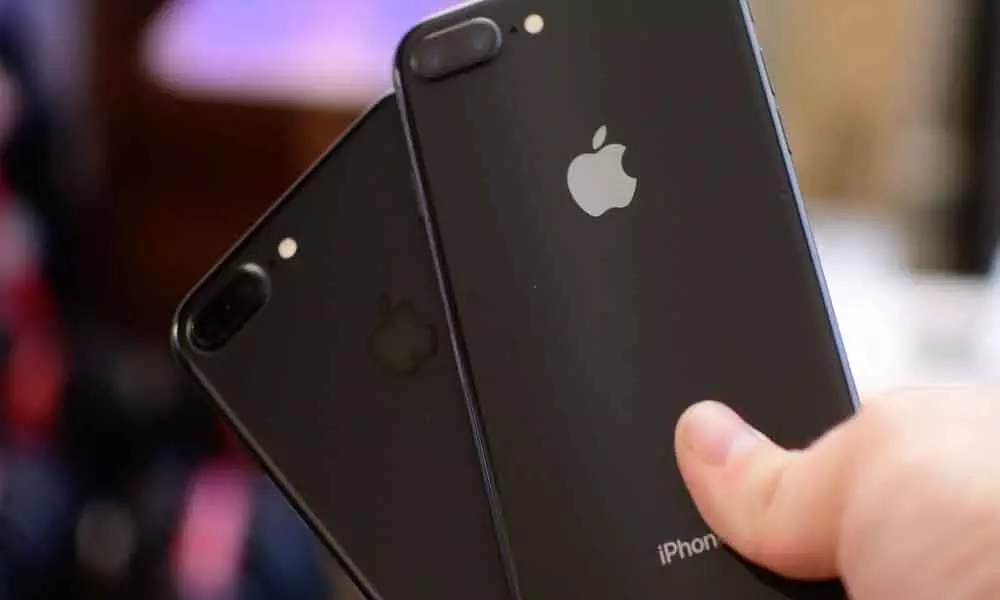Latest iPhone software iOS 14 drains 50% battery in 30 minutes

Latest iPhone software iOS 14 drains 50% battery in 30 minutes
It has also been reported that after restarting some iPhones, the battery percentage increases, leaving the users more confused.
Last week, we talked about how iOS 14.2 unexpectedly increased FaceTime video resolution on older iPhones that weren't even on the list. While that was the good part, now users have started to highlight one of the downsides of this version. According to several iPhone users on the company's official developer forum and Reddit, iOS 14.2 kills the battery life of iPhones much faster than before. It's so bad that some even face a 50% drop just after 30 minutes of use.
Here's what one of the iPhone SE (2020) users said on the forum after the iOS 14.2 update. "My SE2020 has been getting worse battery time with each version of 14. Overnight when I was sleeping it would only lose 1-2% of battery over 8 hours. In the last couple of weeks, it loses 5% over 5-6 hours. Another weird thing is when I go to charge it now the phone gets warm at times. It also charges fast almost as if it was a fast charger. This is with the standard 5w charger that came with it. This started with 14.2."
It is also mentioned that after restarting some iPhones, the battery percentage increases, leaving the users more confused than ever. Some of the phones that are facing this problem are iPhone XS, iPhone 7, iPhone 6s and first-generation iPhone SE.
That said, Apple is usually quick to roll out updates that fix the problem. It won't be surprising to see a maintenance update next week. But until then, you may have to live with it. In case you haven't updated to iOS 14.2, we suggest you wait a bit longer.
Have no idea what version of iOS your iPhone is on? Just go to the Settings app> General> About. You can see the version there. If you are not a beta user and have the latest version, the section should show iOS 14.2.1.
















